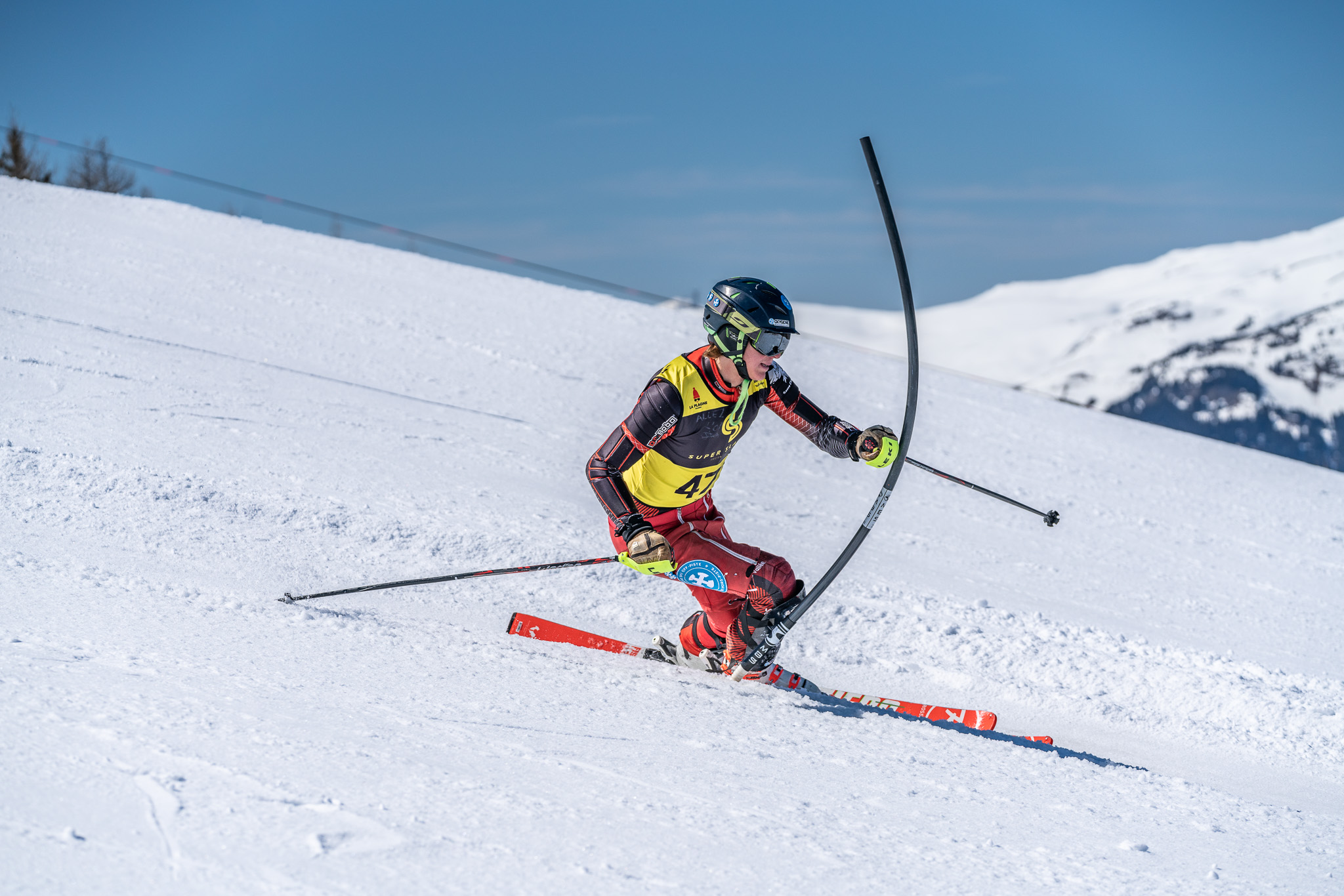Are you lost when it comes to choosing the correct skis for you?
Don’t worry, Oxygène can help!
Here is a short summary which will give you the basic info you need when choosing a pair of skies.

Beginner skis
Beginner skis – children & adults
For beginner skiers, lighter, flexible skis are recommended and it is also important that the skis are not too long, for example around shoulder height. The idea is that you should be able to move your skis easily without forcing or crossing them. The bindings on the skis should also be set on a looser setting to allow your skis to fall off easier if you fall down.
If you need any further information you can contact us directly, otherwise you can book your equipment online with us directly in La Plagne and Val d’Isère!
All mountain skis
Other names: all-terrain, polyvalent or all-round skis
The ‘all mountain’ name comes from the fact that these skis can more or less go anywhere on the mountain. They are designed to be versatile! These skis generally have more of an hourglass shape, going in around the binding/ waist. This makes them easier to manoeuvre then if they were straight up and down.
These skis are great for any age and any level as you can ski easily on piste, off-piste and in a variety of different snow conditions. But, if you are advanced skier wanting to specialise in a particular type of skiing, such as off-piste, freestyle or racing, these skis will only take you so far but not all the way.
Freestyle skis
Other names: twin-tips
Twin-tips are generally used for doing tricks, for example, in the park or half-pipe. They curve up at the tip and the tail of the ski allowing the skier to jump, land and ski easier in switch (backwards). They are lightweight and flexible which means they can be moved around easily. Because of these factors twin-tips are a ski often chosen by many, however we recommend if you do not want to learn how to ski backwards, do tricks in the park or half-pipe, then you can find another ski to suit your needs better.

Off-piste skis
Other names: back-country, freeride or powder skis
These skis are designed to move through un-groomed, heavy or deep snow (powder). They are much winder then the average ski, as the wider they are the easier it is to float on the powder. They are also quite flexible and often have what is called a ‘rocker’ or ‘reversed camber’ (basically where it goes up at the front/ back) to make it easier to balance and glide through snow. If you are not an experienced skier then these skis can however be difficult to use on piste or groomed runs.
Racing skis
Other names: slalom, giant slalom (GS), super g or downhill skis
Racing skis are used by experienced skiers or professionals who do slalom or downhill skiing. They are generally long, narrower around the waist/ binding, heavier and more rigid, which means you are more stable when changing direction at speed. The weight of the ski is important as this is what helps grip on hard snow. Harder/ more rigid ski boots are also worn by the skier to give them more accuracy and precision.

And you, what’s your preference ?

